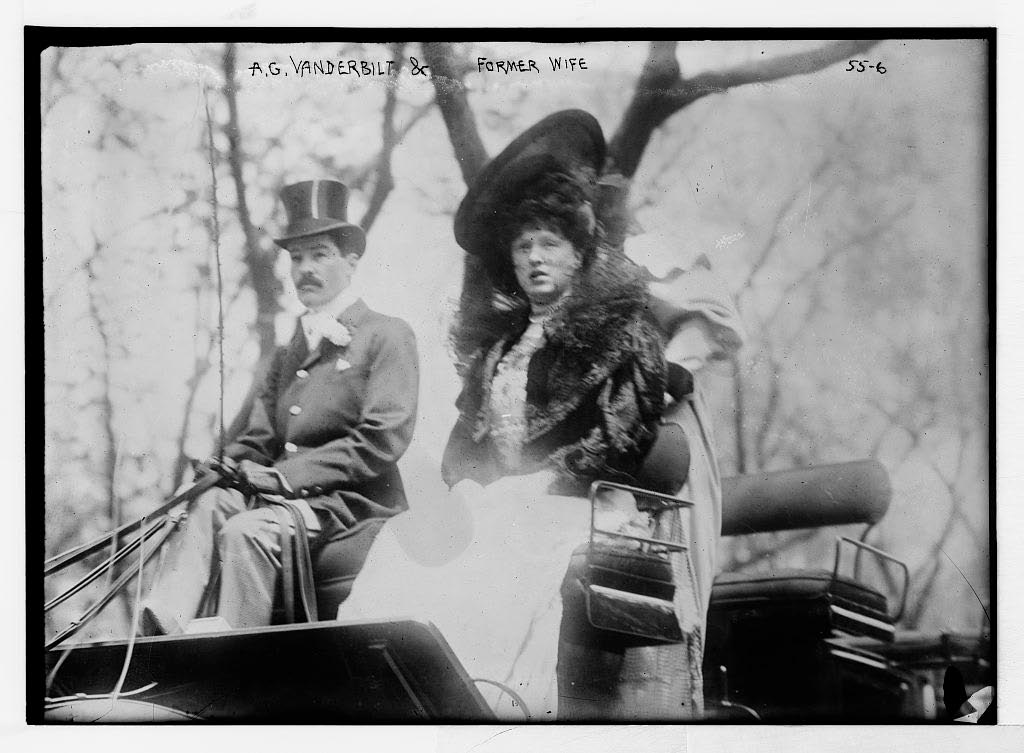

The proposal has been met with mixed reaction thus far. The corner at Bellevue Avenue and Memorial Boulevard, where the monument is proposed to be moved, has the capability to allow for water flow to the statue, and is currently owned by the state. “We know relocating and restoring it is a heavy lift, but we’re willing to see it through.” “It is just in a state of complete disrepair,” said Santi. An endowment fund is envisioned to cover the cost of future maintenance expenses. The effort would be privately funded, and the committee plans to approach foundations, private parties and clubs between America and England to secure the necessary resources to complete the work. Three companies have been approached to complete the proposed relocation and restoration, which includes reopening the holes in the trough, recutting the missing base and corbel, replacing the missing bronze elements from the sculptures, redesigning the male figure to replicate its original incarnation and ensuring water flow to the statue.


Wheeler has been supportive of the committee, according to members. The group has met several times and been joined by Scott Wheeler, Newport superintendent of parks, grounds and forestry. The committee proposing the project consists of Santi Szapary and his wife, Diana Paul Miller, curator emeritus of the Preservation Society of Newport County Linda Gordon, who has experience in historic monument relocation and restoration, and Harle Tinney, whose family purchased the sculpture’s original granite base and corbel. A plaque on the piece still seen today bears a small dedication to Vanderbilt’s memory. Vanderbilt was known as an avid sportsman and a prominent lover of horses, and his memorial was commissioned by 50 friends upon his death. I think it’s a wonderful asset to Newport.” It’s unfortunate that the rider has been ripped off, and I think the base needs some work. “If you’ve seen photographs of it when it was new, it was quite elaborate and a very, very attractive statue. “It’s sad to see it in its current condition,” said Paul Szapary, Vanderbilt’s great nephew and also a committee member. More recently, the sculpture of the determined boy atop one of the horses was stolen, and the statue now sits tucked away, riderless and deteriorating with time. In the mid-20th century, the memorial was moved off Broadway to a small park nearby, and in the process, the holes where water was pumped to the trough were filled and the base replaced with concrete, with the original pieces sold off by the city. At the time of the statue’s creation, the horse and carriage were still a common form of transportation, and for years the monument provided drinking water to the thirsty equines carrying their masters up and down Broadway. The original work depicted an athletic youth reigning in two fervent thoroughbred horses in bronze sculpture set upon a cylindrical pedestal and a large, working horse trough attached to an octagonal, rose granite base. The Vanderbilt memorial was designed by artist Eugene Morahan and placed on Broadway in the years following the businessman’s death aboard the RMS Lusitania in 1915. “We think it needs to be in a more prominent place than stuck in the back of a park that most people don’t even notice when you go by it.” “I felt that it was time for a group of people to get together to address the condition of the monument and try to bring it back to the way it looked originally,” said Federico Santi, a committee member.


 0 kommentar(er)
0 kommentar(er)
